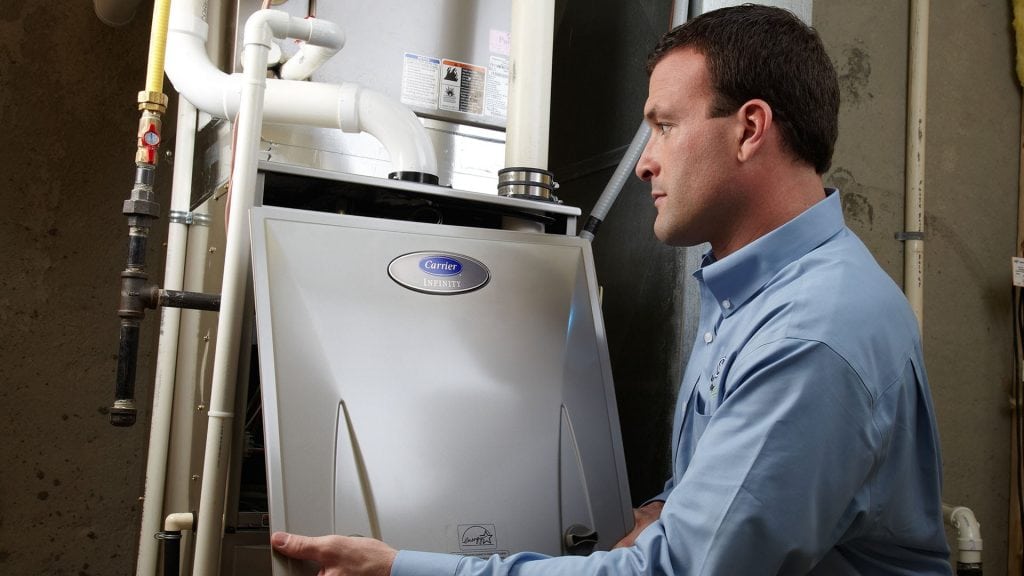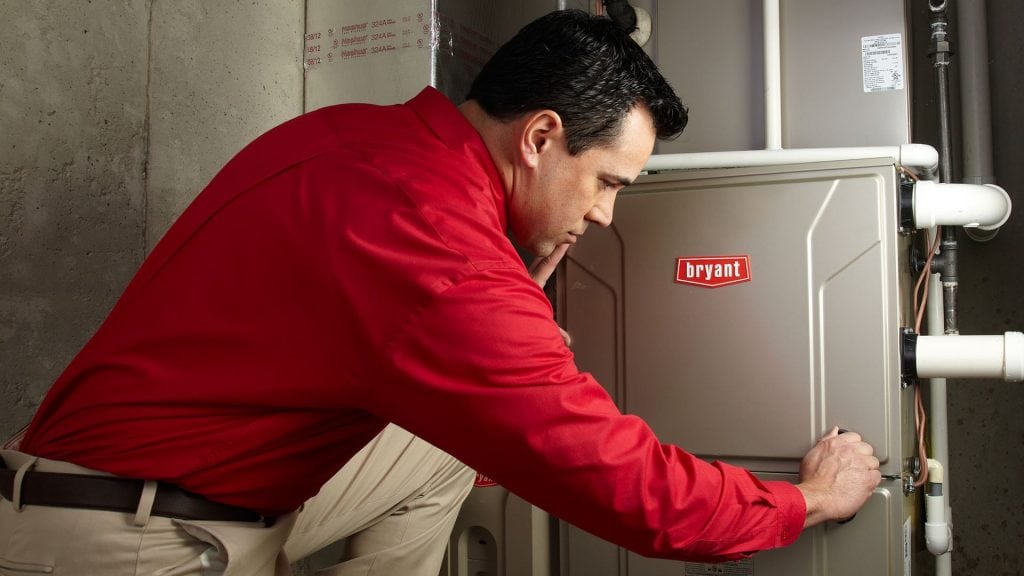Don't Ignore Your Ductwork: How an HVAC Contractor Checks and Seals Ducts

Don't Ignore Your Ductwork: How an HVAC Contractor Checks and Seals Ducts
Many homeowners are unaware of the important function ductwork provides for home heating and cooling, which often results in higher energy bills and discomforts due to neglected and leaky air ducts. Take a peek behind the walls, ceiling and floor of your home and see what your HVAC contractor sees when inspecting and sealing ductwork.
Inspecting Ductwork
According to the federal Energy Star program, leaks, holes and poorly connected ductwork accounts for about 20 percent of airflow loss before the heated or cooled air reaches the living spaces. Even more energy may be wasted by heat gain/loss through uninsulated thin duct walls. A thorough inspection of your home's ductwork is the first step for improved comfort and lower energy bills.- Visual inspection: Air ducts are often located in an attic, crawl space and/or basement of a home, which may be difficult to reach or be completely inaccessible. Your HVAC contractor visually inspects for leaks at all duct connections, boots, and air supply outlets and return grills. All duct runs, including flex ducts, are checked for damage, tangles and adequate insulation.
- Mechanical inspection: A blower door test (a large fan which pressurizes the ductwork) is used to help identify leaks undetectable by sight and touch, and concealed ducts inside walls, soffits and other areas.
- Airflow measurement: Airflow is measured across the air handler, the supply and return ducts, and through the living spaces.



